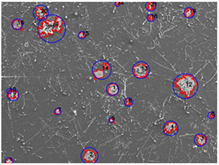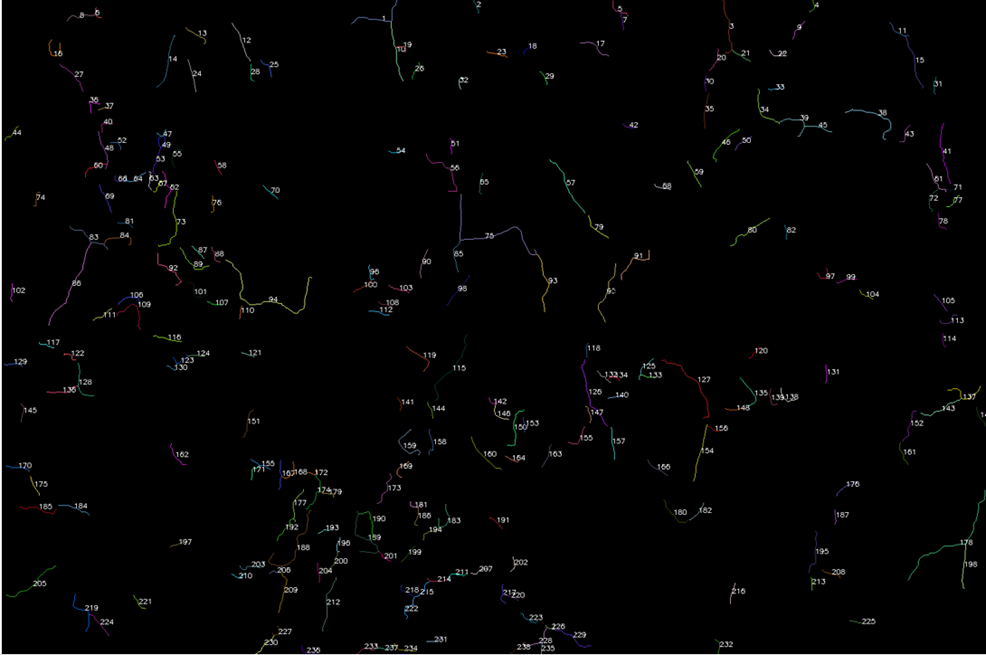Recently, our team has achieved a significant breakthrough in the field of hot barrier coating morphology feature recognition by developing a method based on digital image processing techniques
Our team recently published a paper titled “A Method for Recognizing Morphology Features of Hot Barrier Coatings Based on Digital Image Processing Techniques” in the core journal “Journal of Shanghai University (Natural Science Edition)”. The School of Computer Engineering and Science at Shanghai University is listed as the primary affiliation, with Master’s student Liu Yuhong as the first author, and Professor Han Yuexing as the corresponding author. This work also received strong support from Professor Zeng Yi and Ms. Wang Yuyan.


In response to the drawbacks of manual detection of morphology features in hot barrier coatings, such as complexity and high error rates, we propose a method for automatically recognizing morphology features of hot barrier coatings and calculating their parameters using machine vision. We have achieved automatic contour extraction based on mathematical morphology and calculated the spreading morphology parameters. The method utilizes the maximum interclass variance method to determine the threshold for binary segmentation. Mean filtering and morphological operations are applied to denoise the images while preserving the connectivity of individual layers. Contour extraction is performed to obtain the edge information of each layer, and then the solidity parameter of each layer is calculated based on the extracted contours. Additionally, we have further developed an automatic identification and length calculation method for cracks in hot barrier coatings using a traversal search approach. First, the layers in the image are identified and removed, and the fractures in the cracks are repaired using a closing operation. The crack skeleton is obtained through image thinning. Then, each individual crack is traversed and its length is calculated. The results demonstrate that the proposed method effectively detects layer contours and identifies cracks with good resistance to noise interference. It accurately calculates morphology feature parameters and plays a significant role in studying the deposition behavior of thermal spray droplets on substrate surfaces.
Essay: https://www.journal.shu.edu.cn/CN/10.12066/j.issn.1007-2861.2371